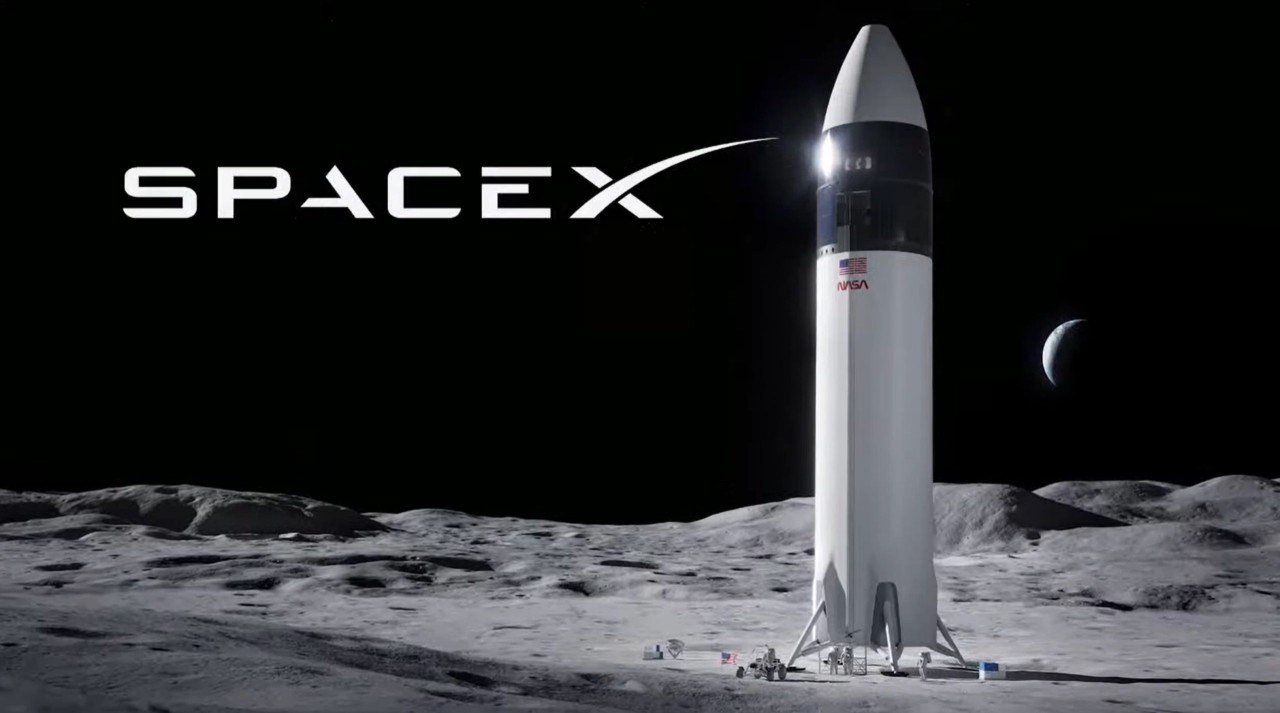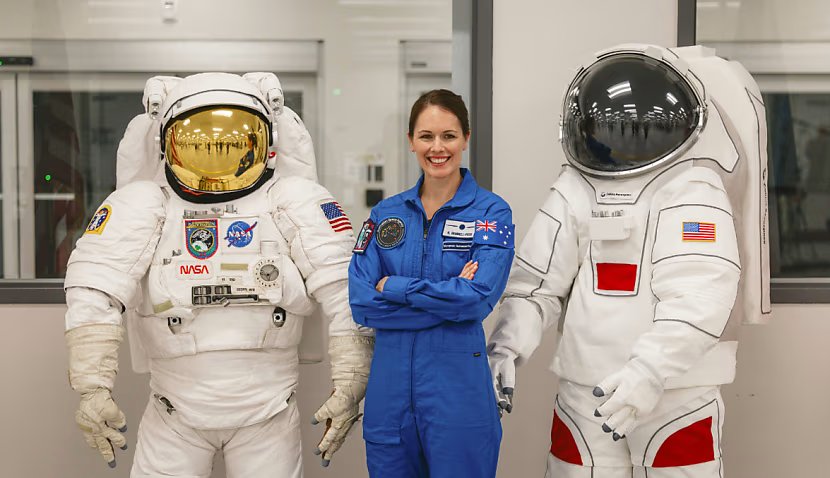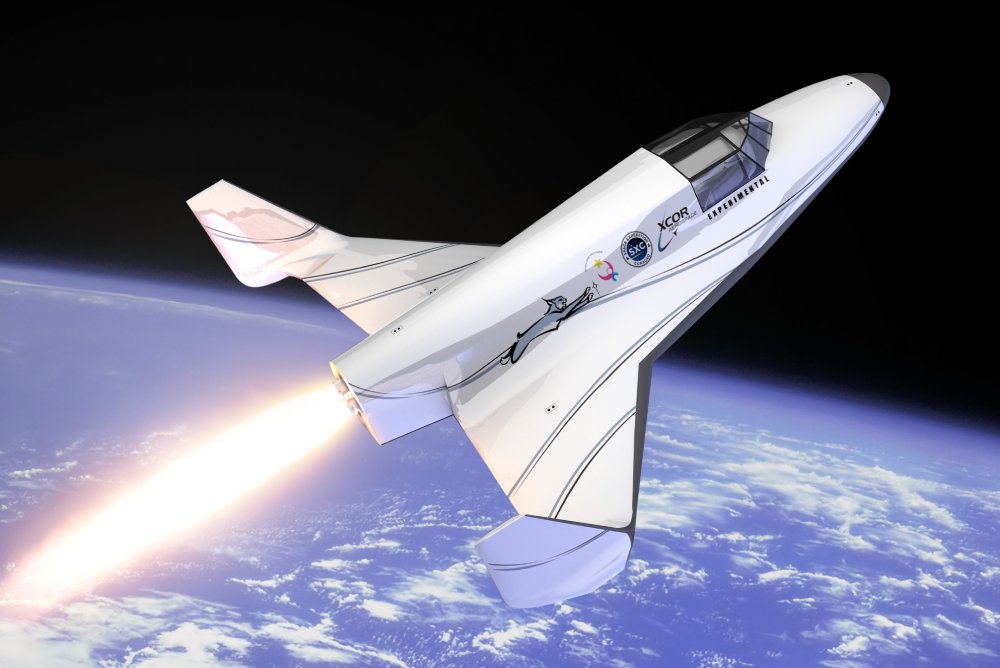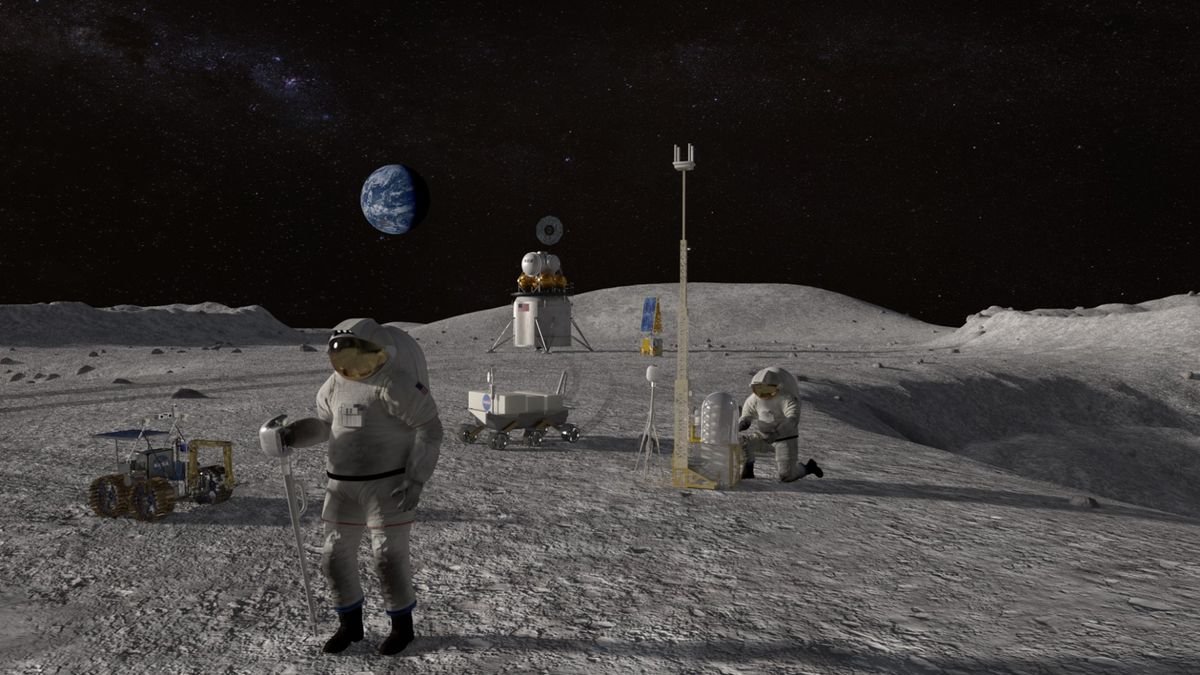Space travel isn’t just for NASA or Roscosmos anymore. Private space exploration has become very important in recent years. It’s changing how we see and reach outer space. SpaceX, Blue Origin, and Virgin Galactic are leading the way in affordable space travel. This opens up chances for research, tourism, and even colonization.
This article looks at how private companies are changing space travel. It discusses their breakthroughs and what the future holds for the commercial space industry.

The Rise of Private Space Exploration
For decades, space travel was the exclusive domain of government agencies. However, high costs and bureaucratic constraints limited innovation and slowed progress. Private space companies have changed the game. They offer cost-effective, reusable rockets and new commercial chances that seemed impossible before.
The Role of SpaceX in Affordable Space Travel
Elon Musk’s SpaceX has been at the forefront of making space more accessible. Key innovations include:
- Reusable Rockets: The Falcon 9 and Falcon Heavy rockets cut launch costs. They do this by reusing boosters. This is different from traditional rockets that are used only once.
- Starship Development: SpaceX’s Starship will be a reusable spacecraft. It will carry passengers and cargo to Mars and beyond.
- Lower Launch Costs: Sending payloads to orbit now costs less. This change makes space more affordable for businesses and researchers.
Blue Origin and the Vision for Commercial Space Travel
Jeff Bezos’s Blue Origin is another major player in the commercial space industry, with its focus on space tourism and lunar exploration:
- New Shepard: This is a reusable suborbital rocket made for space tourism. It gives passengers a few minutes of weightlessness.
- New Glenn: A heavy-lift rocket capable of competing with SpaceX for commercial satellite launches.
- Lunar Plans: Blue Origin is developing the Blue Moon lander to help establish a human presence on the Moon.
Virgin Galactic and the Dream of Space Tourism
SpaceX and Blue Origin aim for bigger missions. In contrast, Virgin Galactic focuses on suborbital space tourism. Some key highlights include:
- VSS Unity: A spaceplane that allows passengers to experience weightlessness and see Earth from space.
- Rising Demand: Many customers have booked flights, but ticket prices remain too high for most.
- Future Accessibility: As technology gets better and cheaper, suborbital trips could be a popular pastime for people with extra money.
Quick Guide: How Private Companies Are Opening Space to the World
- 🚀 Reusable Rockets: SpaceX and Blue Origin cut launch costs with rockets that fly more than once.
- 🧑🚀 Commercial Astronaut Training: New programs prepare private citizens for safe space travel.
- 🌍 Space Tourism: Virgin Galactic offers weightless suborbital trips with a view of Earth.
- 🛰️ Cost Reduction: 3D printing, mass production, and competition make spaceflight cheaper.
- 🌌 Future Trends: Think space hotels, Moon vacations, and Mars tourism by mid-century.
Pro Tip
If you’re interested in future space travel, join public waitlists early with companies like Virgin Galactic or Blue Origin. It can give you priority access as prices drop and flight schedules expand.
Important
Commercial space travel is still in its early stages. While exciting, it comes with physical demands, training requirements, and risks. Always follow up-to-date info from space agencies and companies before committing to a flight.

Commercial Astronaut Training: Preparing for the Next Generation of Space Travelers
With space becoming more accessible, the demand for commercial astronaut training has increased. Private individuals wanting to travel to space need shorter, intense training programs. Unlike traditional astronauts, they have different training needs.
What Does Commercial Astronaut Training Involve?
- Physical Fitness: Space travelers must train hard. This helps them deal with launch forces and microgravity.
- Zero-Gravity Adaptation: Training flights simulate weightlessness to help astronauts adjust to microgravity environments.
- Emergency Procedures: Passengers learn how to deal with emergencies. This includes spacecraft problems or medical issues in space.
- Mission-Specific Training: Astronauts may train for different tasks based on their mission. This can include research activities, lunar surface navigation, or spacewalk procedures.
Axiom Space and Space Perspective are creating astronaut programs for private space travelers. These programs aim to ensure the safety and comfort of space tourists and private researchers alike.
How Private Companies are Reducing the Costs of Space Travel
One major barrier to affordablespace travel is the high cost of launches and spacecraft development. However, private companies are tackling this issue in several ways:
Reusable Rockets
- SpaceX’s Falcon 9 and Blue Origin’s New Shepard have proven that rockets can be reused multiple times, reducing costs by over 50% compared to traditional expendable rockets.
- The Starship program aims to cut costs by making a fully reusable spacecraft for travel between planets.
Mass Production of Spacecraft
- Historically, spacecraft were custom-built in small numbers, making them incredibly expensive.
- Companies like Relativity Space are using 3D printing to manufacture rockets faster and at a lower cost.
- Rocket Lab’s Electron rocket offers small satellite launches. It does this at a much lower cost than traditional options. This allows for more frequent and budget-friendly missions.
Increased Competition
- As more private companies enter the space race, competition is driving prices down and encouraging innovation.
- Companies like Boeing, Lockheed Martin, and Sierra Space are also investing in space exploration, offering alternatives to SpaceX and Blue Origin.
Future Space Tourism Trends: When Will It Be Affordable for Everyone?
While space travel remains expensive today, experts predict significant changes in the coming decades. Some key future space tourism trends include:
1. Lower Ticket Prices for Suborbital Flights
- Current Prices: Tickets for a suborbital trip with Virgin Galactic or Blue Origin currently cost between $200,000 and $450,000.
- Projected Costs: As technology improves and demand increases, ticket prices could drop to $50,000 or lower within the next 10-15 years.
2. Orbital Hotels and Space Accommodations
- Companies like Axiom Space and Orbital Assembly Corporation are working on space hotel projects.
- The goal is to create zero gravity accommodations for tourists, researchers, and astronauts.
3. Moon and Mars Tourism
- SpaceX’s Starship aims to carry passengers to the Moon and eventually Mars.
- The idea of lunar tourism may become a reality within the next few decades, with private citizens visiting the Moon’s surface for exploration.
4. Space Cruises and Long-Term Stays
- Future advancements may allow tourists to spend extended time in space, experiencing orbital tourism on luxury space stations.
- Similar to how airplane travel became widely accessible, space travel may eventually become routine.
Top 5 FAQs: Private Space Travel
1. How much does it currently cost to go to space privately?
Suborbital spaceflights cost around $200,000–$450,000 per seat, while orbital missions can exceed tens of millions.
2. Are private spaceflights safe?
While safety measures have improved, space travel carries risks. Passengers undergo medical screenings and basic astronaut training before flying.
3. Can anyone become a space tourist?
Yes, in theory. As long as you meet the health and fitness criteria and can afford the ticket, you can apply.
4. When will space tourism become affordable for the general public?
Experts predict ticket prices may drop below $50,000 in the next 10–15 years as technology improves and flight frequency increases.
5. Which companies are leading the charge in private space travel?
SpaceX, Blue Origin, Virgin Galactic, Axiom Space, and Rocket Lab are among the most active and innovative in commercial space ventures.

The Future of Space Travel: A New Era Begins
The rise of private space exploration has changed the future of humanity’s relationship with space. Companies like SpaceX, Blue Origin, and Virgin Galactic are paving the way for a commercial space industry that offers affordable space travel and unprecedented access to the cosmos.
Challenges still exist, such as high costs and tech barriers. But innovation and competition are lowering prices and making access easier. The dream of space travel isn’t just for astronauts anymore. Soon, millions of people may get to experience it too.
Would you consider taking a trip to space if prices became more affordable? Let us know your thoughts in the comments below!


